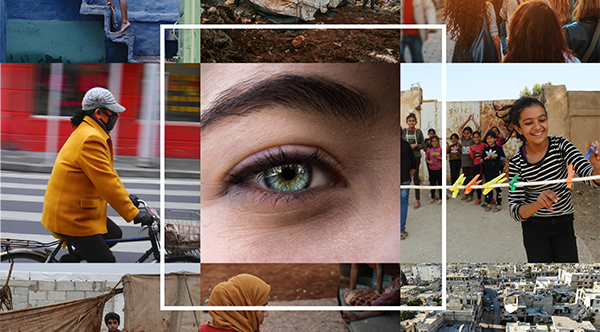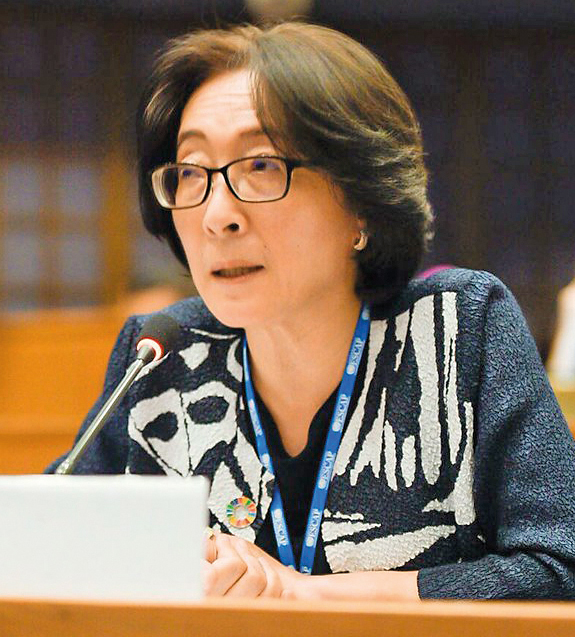Tag: Disaster Risk Reduction
-

An update from Mami Mizutori, UN Secretary-General’s Special Representative for Disaster Risk Reduction — 13 July 2020
In the newsletter circulated by United Nations Office for Disaster Risk Reduction (UNDRR), UN Secretary-General’s Special Representative for Disaster Risk Reduction Mami Mizutori writes about the lessons brought about by the COVID crisis: with good governance being at the heart of disaster resilience and the need for better recovery strategies that are climate-conscious and environmentally sustainable. I…
-

‘Pandemics do not recognise borders, so a united international response is vital under the guidance of WHO’
UNDRR head Mami Mizutori talked with The Times of India about how a comprehensive approach to deal with disasters, backed by international collaboration can be done in the context of the COVID19 outbreak.
-

NRC partners attend international workshop on climate change adaptation and disaster risk reduction
From July 31 to August 3, around 38 representatives from 19 countries gathered at Jeju-do, South Korea for the four-day training-workshop on “Developing Capacities on Climate Change Adaptation and Disaster Risk Reduction in Asia-Pacific Region.” The workshop was organized by the United Nations Institute for Training and Research (UNITAR) affiliated International Training Centre for Authorities…